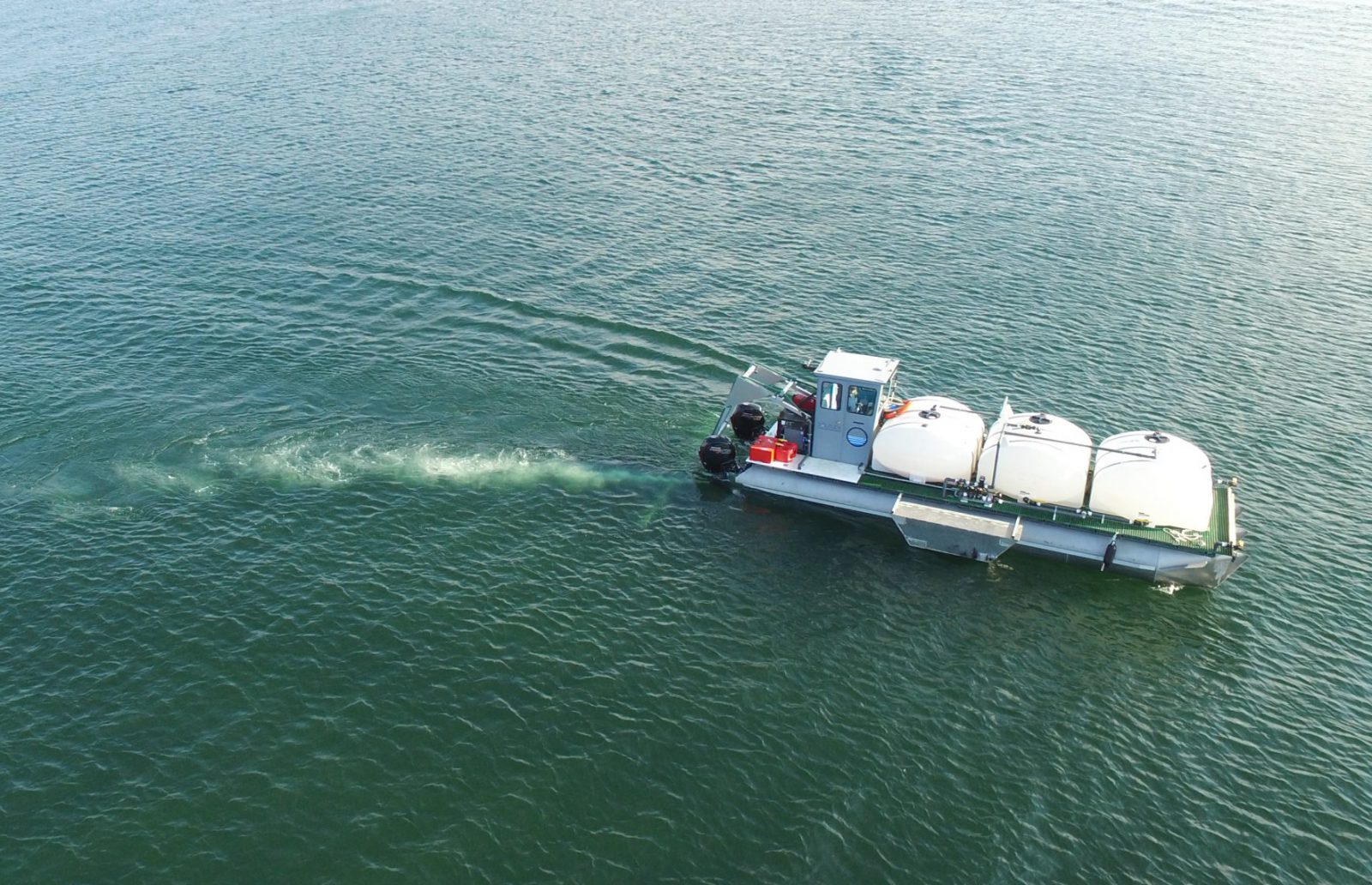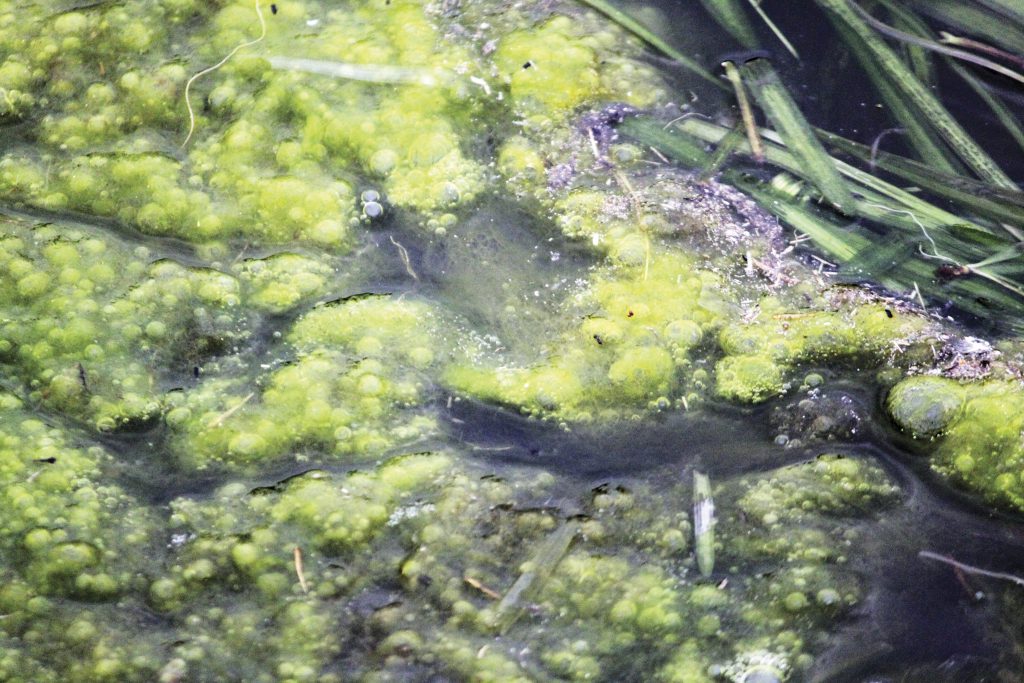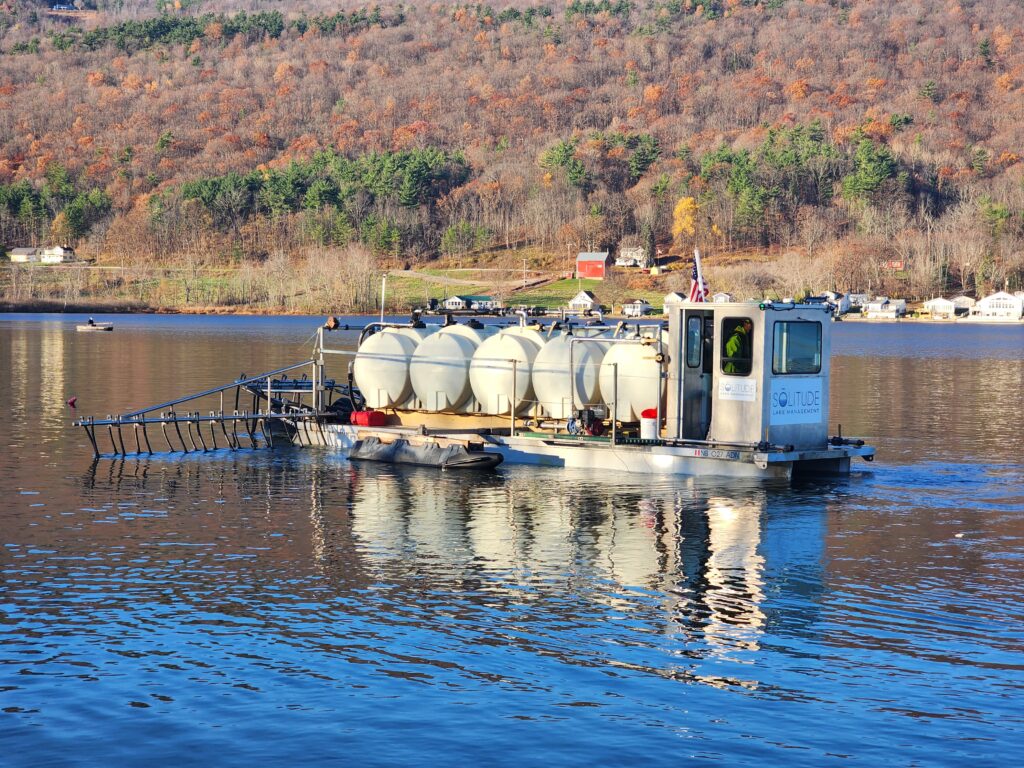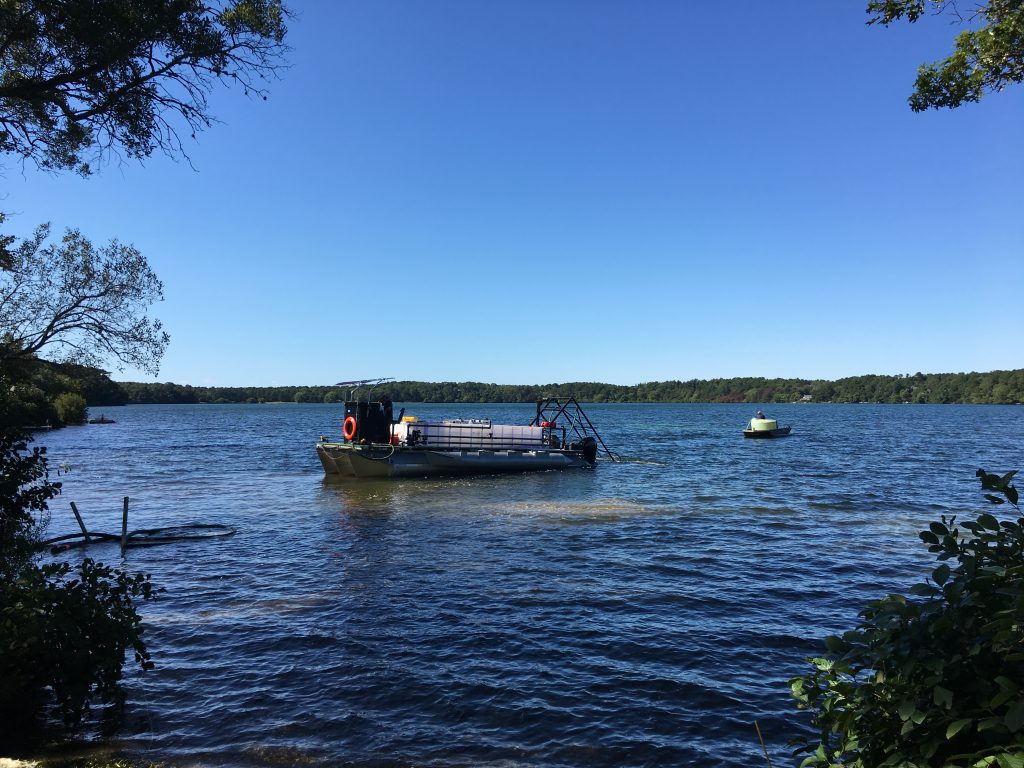
How Alum Restored Water Quality In Wisconsin Lake
Cedar Lake is a 1,118-acre recreational lake near Star Prairie, WI. This popular lake has a maximum depth of 34 feet and was a space where residents could boat, swim, and fish until the water quality started to decline. Before our application in 2017, Cedar Lake had been on the Wisconsin list of impaired waters since 1998 because of high total phosphorus levels.
The Problem: Unsightly Algal Blooms & Poor Clarity
The lake was highly eutrophic and experienced summer algae blooms, resulting in unpleasant odors and unsightly algae buildup along shorelines. In 2012, it was observed that excess algae growth in Cedar Lake had led to the addition of “impairment of recreation uses” to the list of water quality concerns. The excessive growth of algae caused significant harm to the water quality of Cedar Lake, affecting not only the aquatic life but also the recreational activities that take place in and around the lake.
The Previous Attempts to Improve Water Quality
The issue of algae blooms in Cedar Lake is not a recent one, as these blooms have been documented since the 1930s. Over the years, these blooms have caused damage to the ecosystem and have been a cause of concern for the authorities tasked with preserving the lake’s water quality. Copper sulfate was used on the lake since the 1940s to provide short-term relief from nuisance blooms.
After recurring copper sulfate treatments failed, water quality testing was conducted. Lake samples confirmed phosphorus was very high in the sediments and was available to be released into the overlying water column, thus fueling water quality issues like algae.
The Alum Application & Results
SOLitude Lake Management conducted the first two (out of five planned alum applications) in June 2017 and June 2019. Results included an average of 26% less phosphorus in the lake water during the summers of 2017 and 2018. This lowered the chlorophyll concentration (a measure of the amount of algae in the lake) by 54%.
Having less algae has improved the water clarity by 26% during the two summers following the 2017 application. The 2017 dose was only 20% of the total dose and additional improvement will continue after the 2019 and subsequent doses.

Clean, Safe Water Achieved with Alum
Wisconsin leaders and residents were thrilled with the results of the alum project. This lake continues to maintain healthy water quality levels and has remained open for recreational use.












